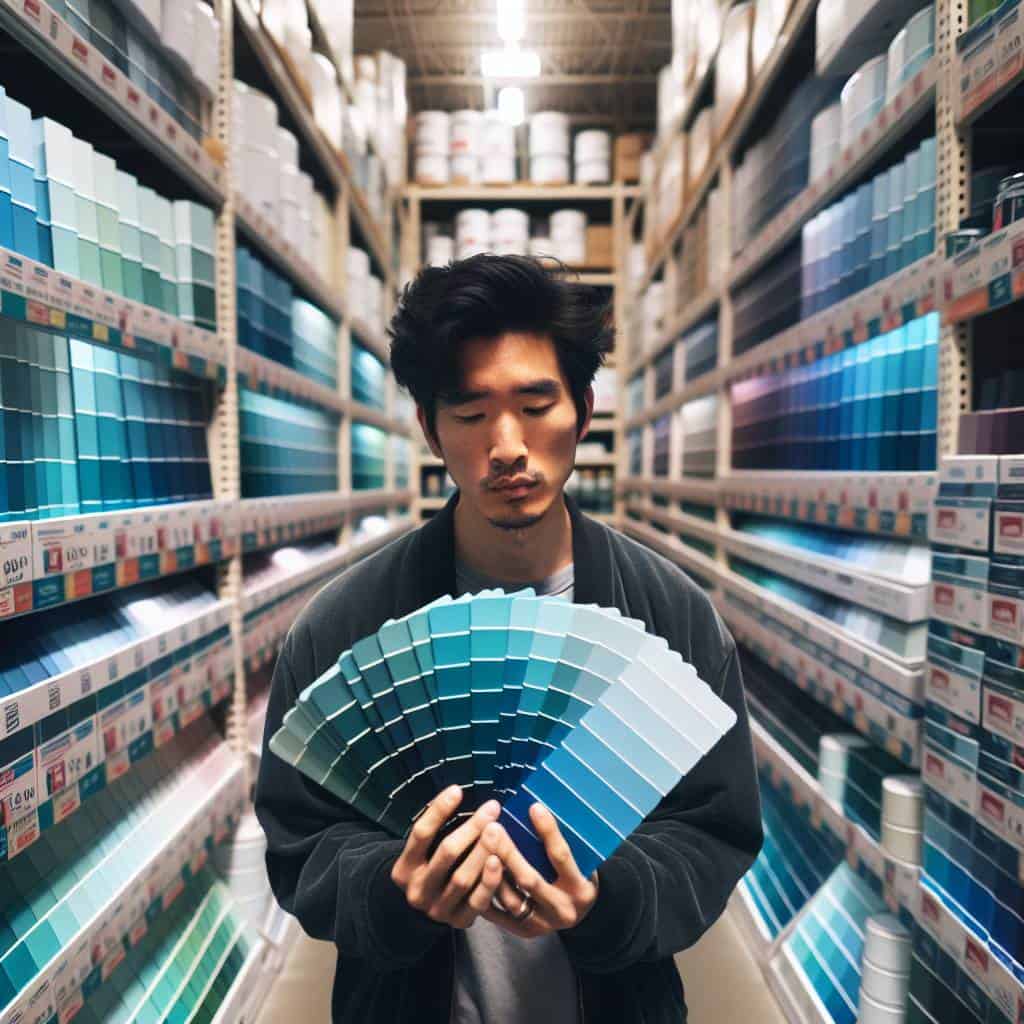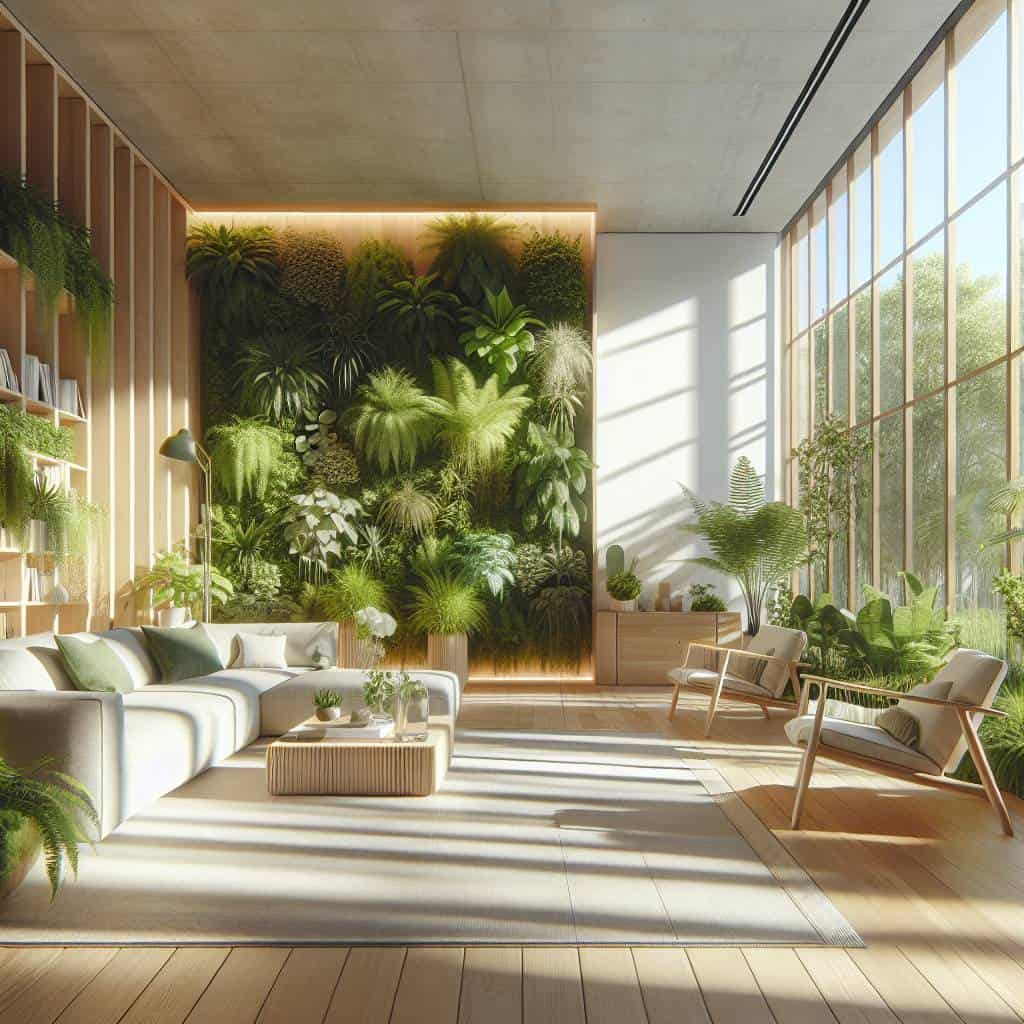I once stood in the paint aisle for what felt like a lifetime, staring at those little sample cards like they held the secrets of the universe. All I wanted was a simple shade of blue, but instead, I found myself spiraling into an existential crisis. I mean, who knew there were so many shades of indecision masquerading as colors? It felt like a bad episode of a reality show where I was both the clueless contestant and the unforgiving judge. Each swatch seemed to whisper, “Choose me, and your walls will tell a story of serenity and sophistication.” But deep down, I knew—one wrong choice and my living room would look like a nursery gone wrong.

So, here’s the deal: picking the right paint color isn’t just about aesthetics. It’s psychological warfare wrapped in a glossy finish. In this article, we’ll dive into the labyrinth of hues and finishes, unraveling the mysteries of accent walls and the elusive neutral palette. I’ll share the tricks to navigating this maze without losing your mind—or your taste. We’ll crack the code to creating a space that isn’t just painted but alive with personality and depth. Ready to transform those walls from mundane to magnificent? Let’s get started.
Table of Contents
The Psychology of Paint: Or Why My Walls Are More Neurotic Than I Am
Have you ever stared at a wall and felt it staring back at you, judging your choices like a disapproving art teacher? Welcome to my world—where paint colors possess a psychological depth rivaling Freud’s couch sessions. It’s not just about slapping on a coat of paint and calling it a day. Oh no, my friend. It’s about navigating a labyrinth of hues that could either make your space sing or leave you in a perpetual state of existential dread. You see, the colors we choose are more than mere aesthetic decisions—they’re reflections of our inner psyche. That soft, neutral gray you’re eyeing? It’s whispering promises of calm and sophistication, while secretly plotting to turn your living room into a sterile waiting room. The vibrant red you’ve been considering for an accent wall? It’s a double agent, ready to energize your mornings but equally capable of making your evenings feel like you’re trapped in an avant-garde horror film.
Paint, in its many guises, is a tricky beast. It’s the silent communicator, setting the mood and dictating the emotional tone of your space. The psychology of paint is less about the color wheel and more about the emotional rollercoaster it throws you on. Neutrals can offer a blank canvas, a safe retreat from the chaos of the world. But too much neutrality? You might as well be living in a dentist’s office. Then there are the finishes—matte, eggshell, satin—each with its own personality quirks. A matte finish might feel understated and chic, but it’s also the diva of wall treatments, demanding a spotless environment to maintain its cool façade. So, before you commit to that palette, remember: these colors aren’t just splashes on a wall. They’re psychological partners in crime, shaping your reality one brushstroke at a time. Choose wisely, or you might find your walls need therapy more than you do.
The Art of Hue and You
Choosing a paint color isn’t just about a shade—it’s a dance with psychology, where walls whisper secrets and palettes shape your world.
The Final Stroke: Painting My Own Perspective
In the end, choosing a paint color isn’t just about splashing pigment on a wall; it’s a raw, unfiltered journey into your own psyche. Each shade, each finish, each maddening attempt to find the perfect balance between bold and neutral—it’s a reflection of who you are and who you might become. My walls have become mirrors, not just of light, but of the myriad palettes of my own thoughts and emotions. They whisper stories of my triumphs over indecision and the quiet victories of embracing the eclectic chaos within.
And so, as I stand back and let the hues settle into their rightful place, there’s a quiet satisfaction in knowing that my home is more than an aesthetic choice. It’s a testament to my refusal to conform, to accept the ordinary. It’s about the beauty found in imperfections, the accents that pop against a sea of calm, and the psychological dance between my inner world and the colors that surround me. It’s my reminder that every brushstroke is an act of rebellion against the mundane, and that, my friend, is the most extraordinary masterpiece of all.


